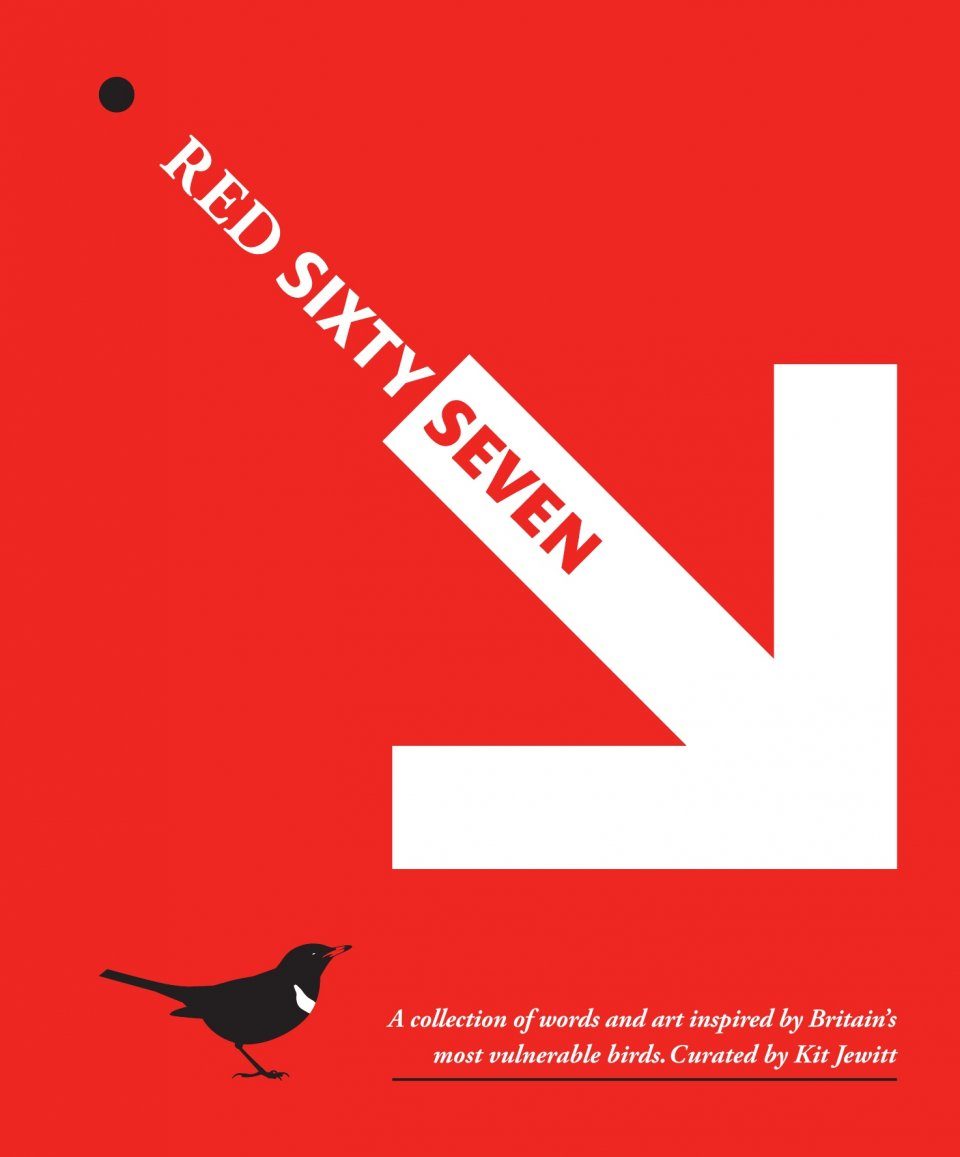 Red Sixty Seven features our most vulnerable bird species, beautifully illustrated by some amazing wildlife artists. All of the publishers profits from the sale of this book will be donated to BTO and RSPB to further their work on red listed birds.
Red Sixty Seven features our most vulnerable bird species, beautifully illustrated by some amazing wildlife artists. All of the publishers profits from the sale of this book will be donated to BTO and RSPB to further their work on red listed birds.
Contributors include Chris Packham, Ann Cleeves, David Lindo, and Patrick Barkham.
This book should not exist.
In an ideal world this book, and the official Red List of the most vulnerable birds in the UK it is based on, would not be needed. But the world is far from ideal and our bird populations are declining at an alarming rate. In the past few years alone the once widespread Wryneck has ceased breeding in the UK altogether and has dropped off the list completely. Which species will be next?
Editor, Kit Jewitt has taken some time to answer a few questions about the Red Sixty Seven book project and the list itself.
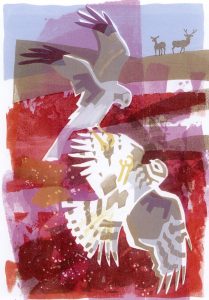
Of all the birds on the Red List which do you think is most vulnerable?
If I had to choose one, it would be the Hen Harrier. Not only do they have to deal with all of the natural challenges they face, they also have to contend with persecution from criminals within the grouse shooting industry, which evidence now suggests is the main cause of their decline in numbers. The fact that 72% of tagged Hen Harriers are confirmed or considered likely to have been illegally killed is a national disgrace. However, in terms of the recent rate of decline I would also suggest Turtle Dove is a species of highest concern.
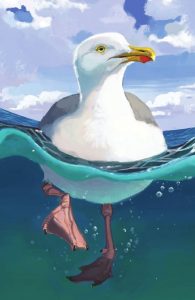
Many people will be surprised to see herring gull on the list, could you expand on how this seemingly ubiquitous bird has made the list?
Herring Gull populations in coastal areas have dropped by over 50% in my lifetime. This is largely due to the lack of food at coastal sites, with overfishing of UK coastal waters and warming seas caused by climate change likely to be the main reasons for the reduced amount of food available to gulls and other seabirds. They are adaptable, intelligent birds though, so moving to inland areas, or areas where humans create waste for them to eat has been a way for some populations to survive.
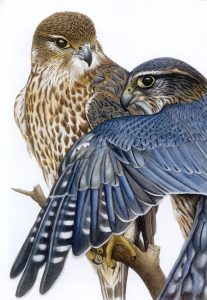
Have any birds managed to move away from the Red List to Amber over the last year or so, and which birds are the most recent additions?
Nineteen species were added to the red list for the first time when it was last updated in 2015, and one species, Merlin, moved back onto the list. Breeding seabirds, such as Puffin, Kittiwake and Shag are now included, and with the additions of species such as Woodcock, Nightingale and Pied Flycatcher there are now more woodland birds on the list than any other habitat. Two species, Bittern and Nightjar, have moved from the red to amber lists thanks to the creation and management of suitable habitat, stimulated by species action plans.
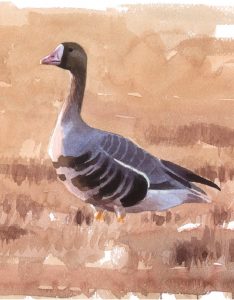
We know how we as individuals can help garden birds, but the list contains a high proportion of iconic water birds. How can we as individuals help preserve the many waders and ducks that are on the list?
Many projects being conducted by BTO, RSPB WWT and others help waders, seabirds and ducks, so fundraising for these is vitally important. My main motivation behind the Red Sixty Seven project was to do something to help these declining birds, by spreading the word and raising money for conservationists on the ground. By highlighting the red list far and wide, more people will care and will then hopefully start their own fundraising for BTO’s Operation Wader or Curlew appeal, or WWTs Black-tailed Godwits appeal, or whichever scheme chimes with them. I can’t run marathons or undertake extreme endurance like my friend Jonny Rankin, who has raised over £19,000 for Turtle Doves, so I had to think of a different way of fundraising!
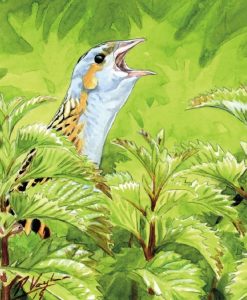
Farmland bird species also make up a large part of the list. Can you see any hope for securing the future of our most rapidly declining farmland species?
The change in farming and land management practices over the last 40 years, including the use of pesticides and changes in crops grown have ultimately reduced the amount of appropriate habitat, and food sources for our farmland birds. Post Brexit, there is an opportunity for the government to make changes to policy to help our farmland wildlife. I just hope they take full advantage of it.
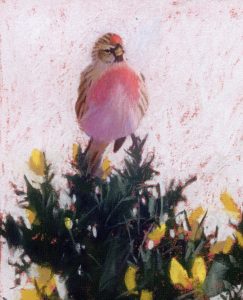
We love the idea of using the power of beautiful words and paintings to deliver a conservation message. Do you think that engaging the reader emotionally can result in more concrete conservation actions being taken?
I hope so! As well as raising funds for crucial work to help red-listed species, I hope Red Sixty Seven brings the list and the plight of these birds to a wider audience, inspiring other people to take action themselves, whatever that might be. The artwork and stories within the book bring home the message in a very accessible way, and you are left under no illusion that we must do something. There is a poignant sting in the tale at the end of the book; an ‘In Memoriam’ section devoted to the birds we have lost as breeding species in recent years. This book is a call-to-arms.
All of the publisher’s profits from the sale of this book will be donated to BTO and RSPB to further their work on red listed birds.
 Red Sixty Seven: A Collection of Words and Art Inspired by Britain’s Most Vulnerable Birds
Red Sixty Seven: A Collection of Words and Art Inspired by Britain’s Most Vulnerable Birds
Hardback, published February 2020 £19.99
Red Sixty Seven is 67 love letters to our most vulnerable species, each beautifully illustrated by some of the best wildlife artists around.

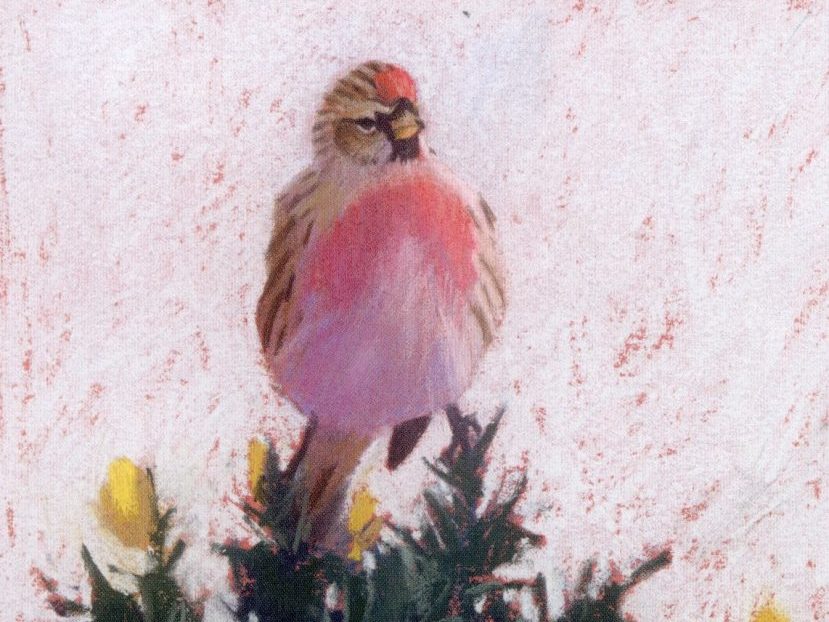
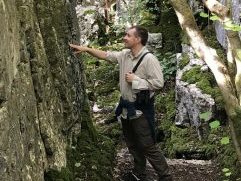
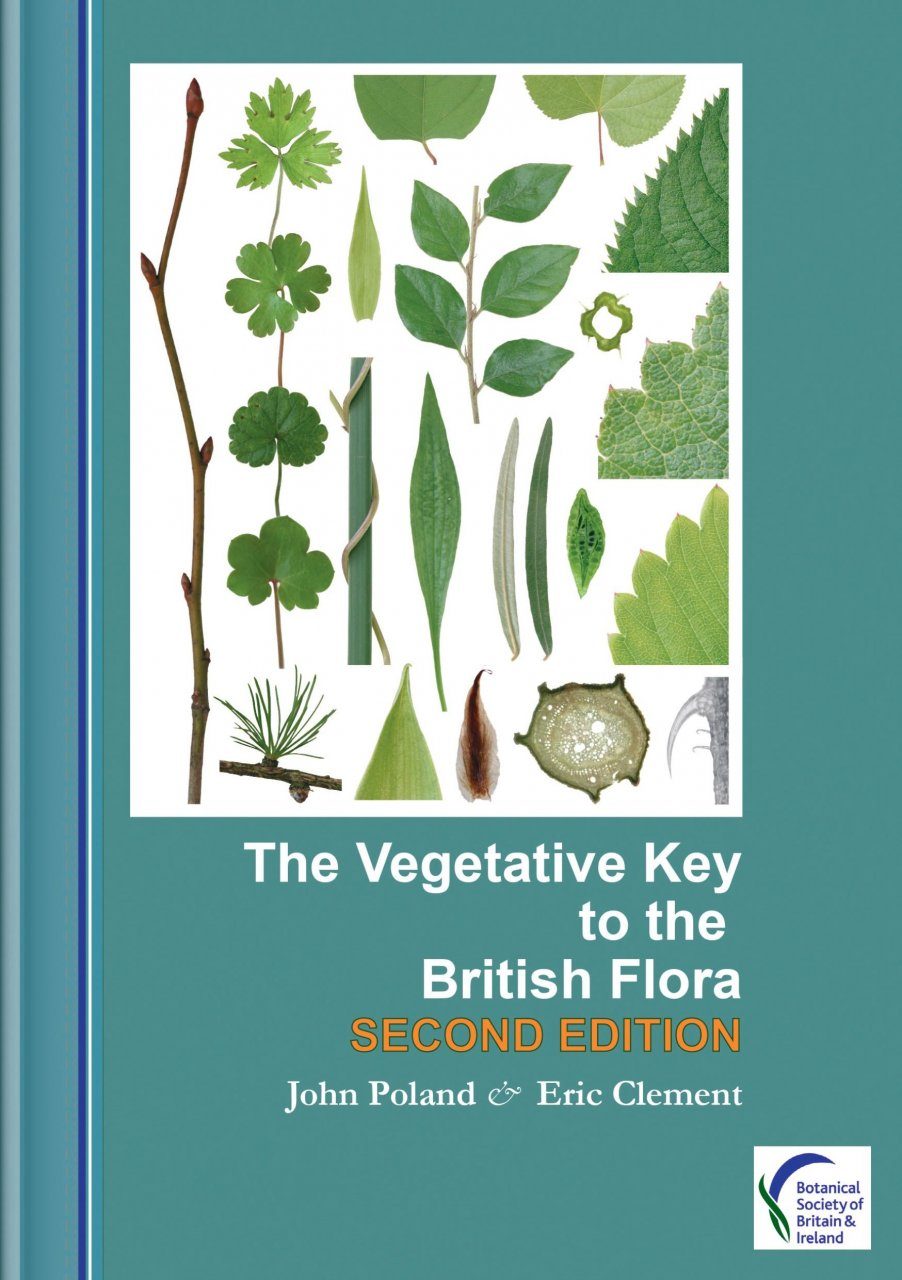
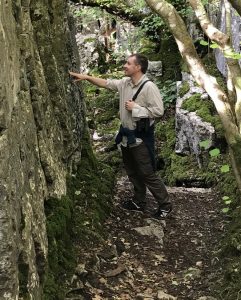
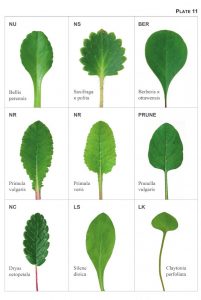 Why did you consider producing a second edition of The Vegetative Key to the British Flora and how long has it been in preparation?
Why did you consider producing a second edition of The Vegetative Key to the British Flora and how long has it been in preparation?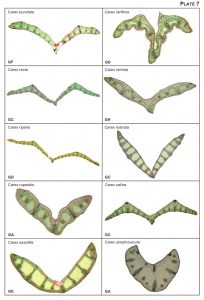 Is there one easy mistake that can be made when identifying plants in their vegetative state?
Is there one easy mistake that can be made when identifying plants in their vegetative state?
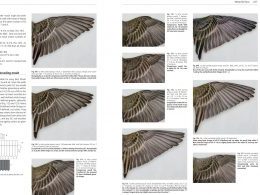
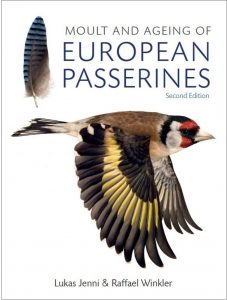
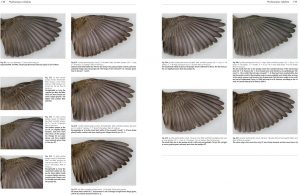
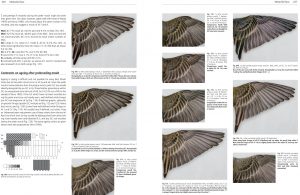
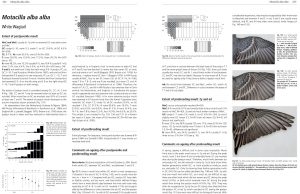
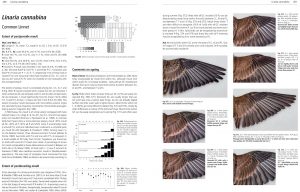
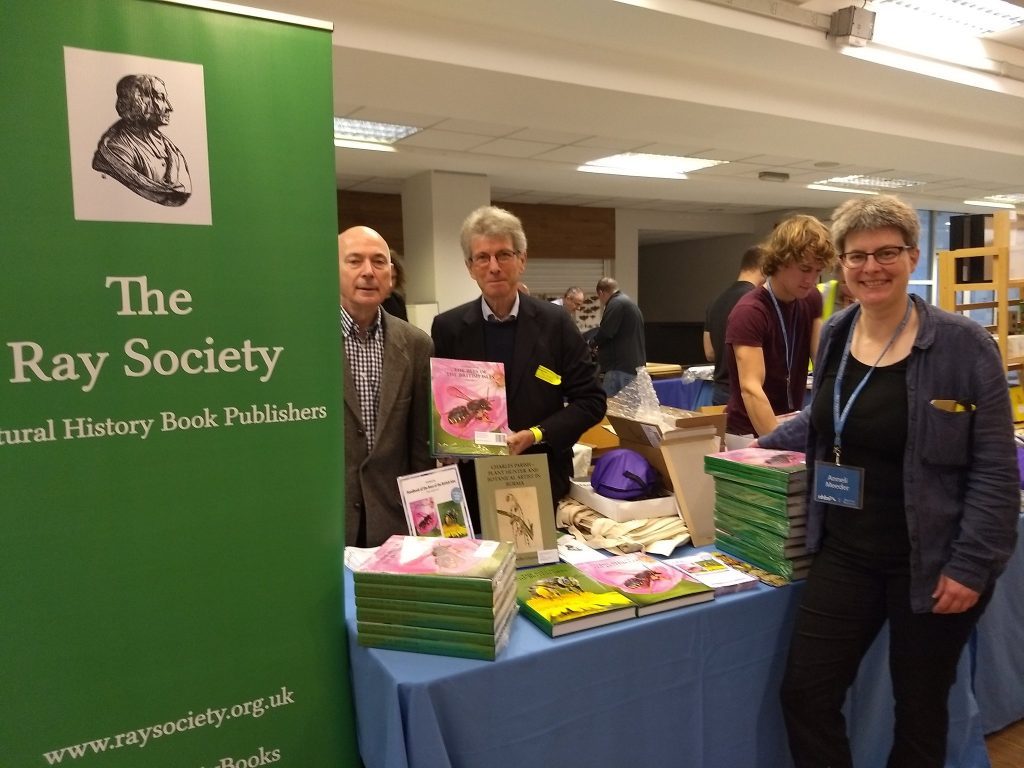
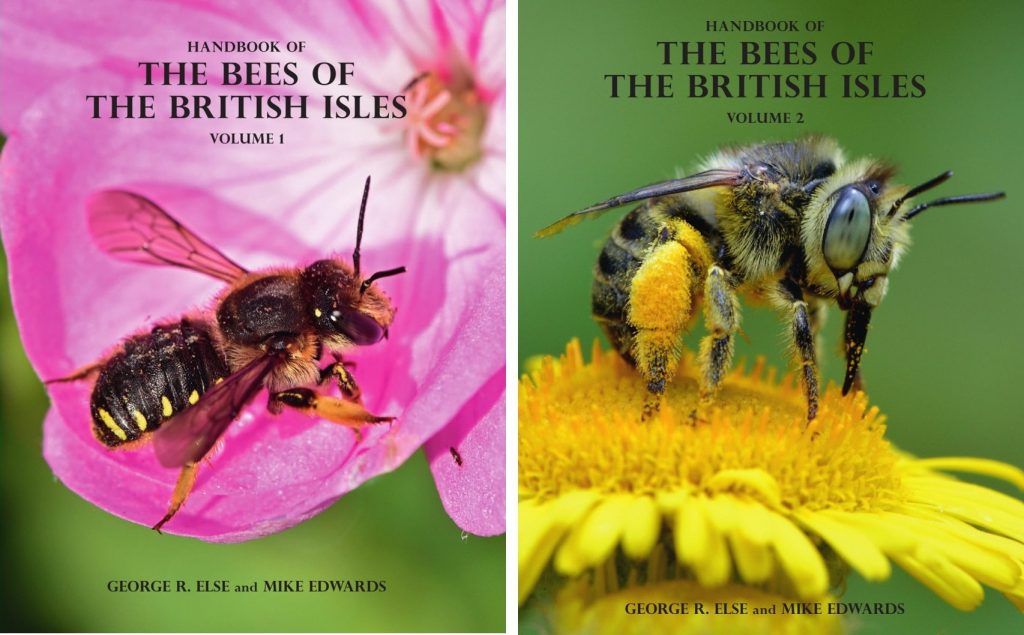
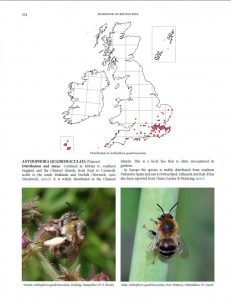
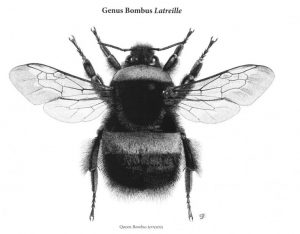
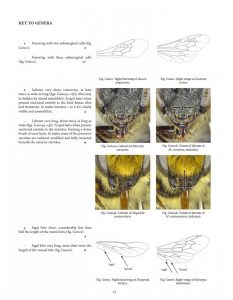
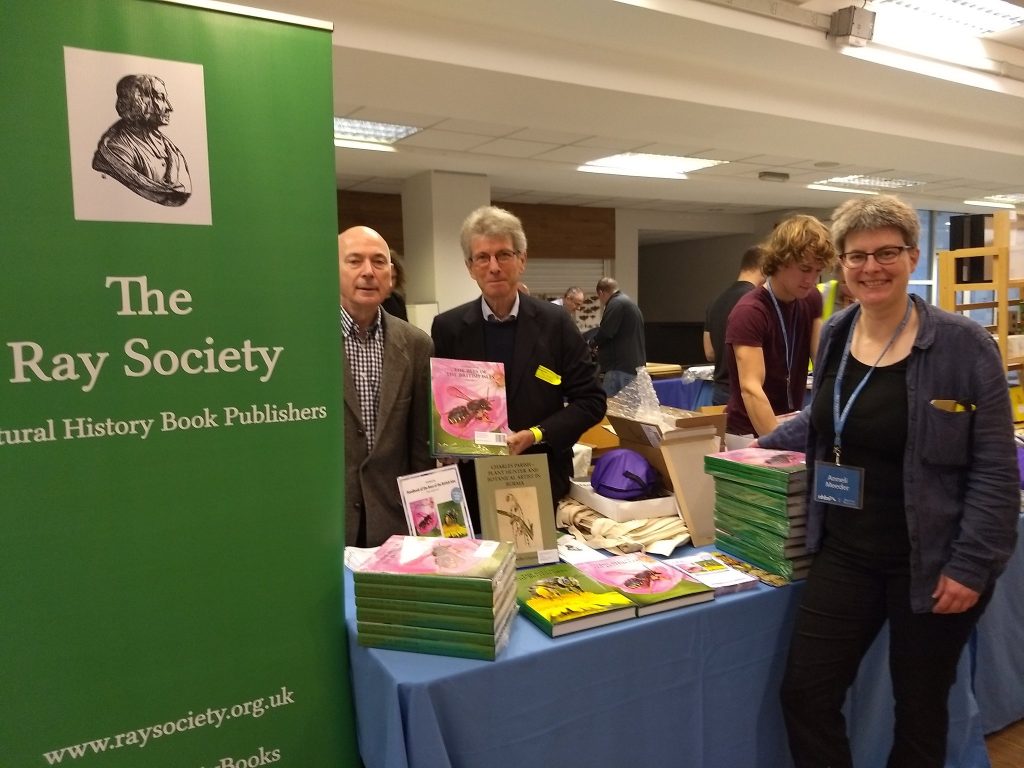
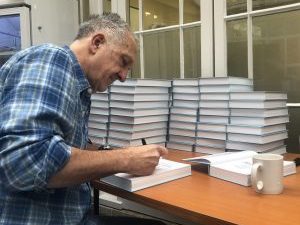
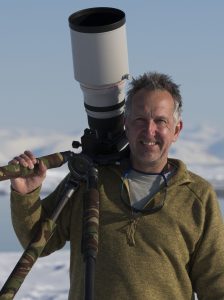
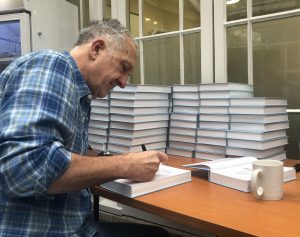
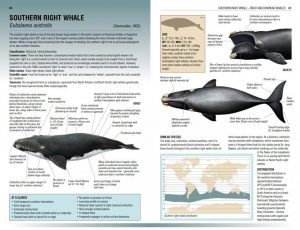
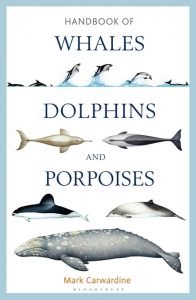
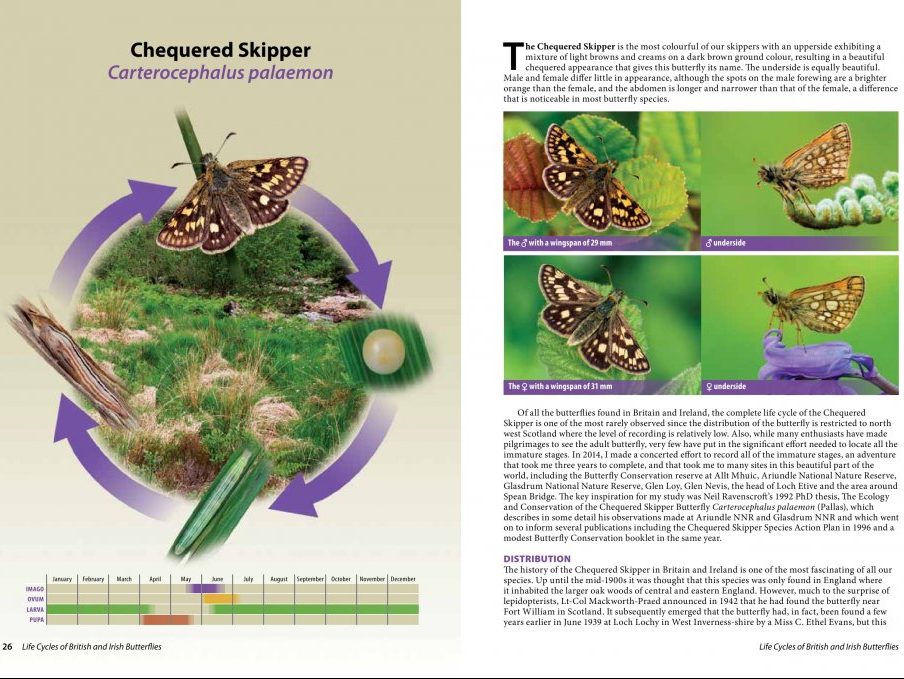
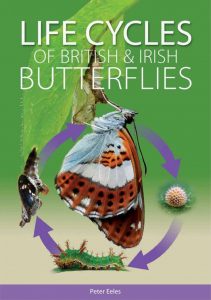
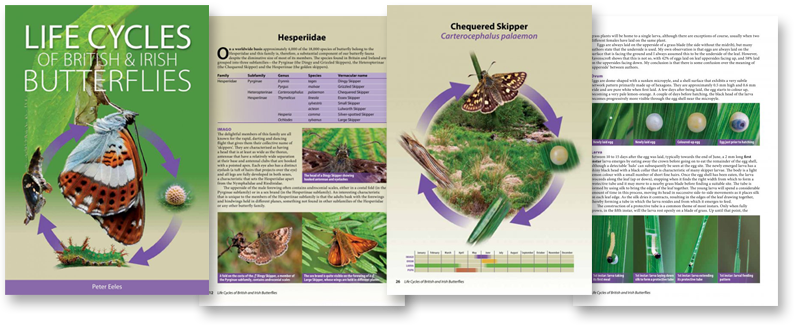
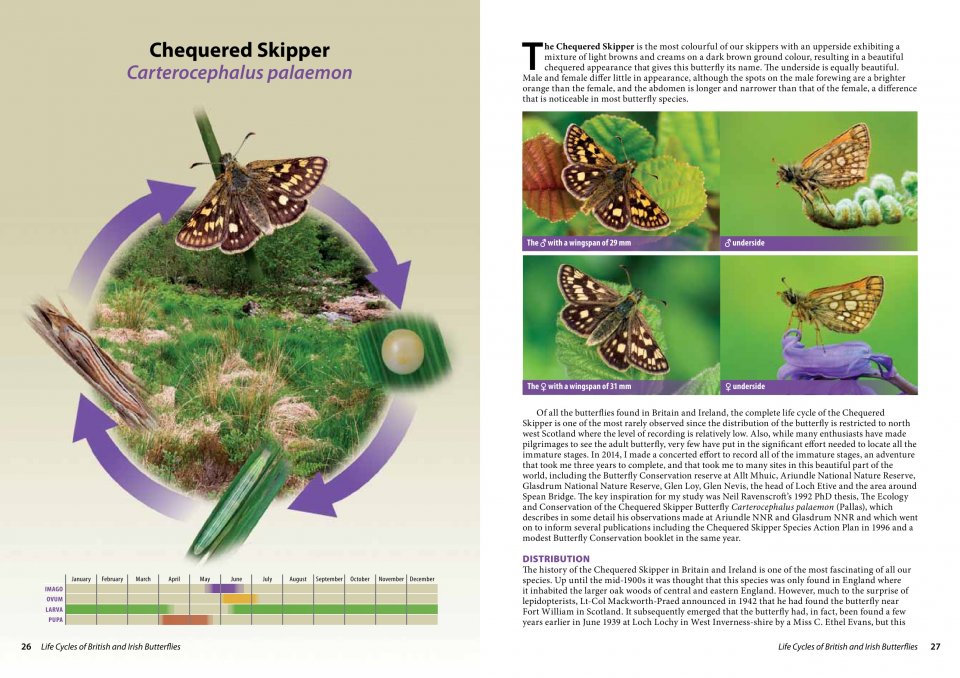
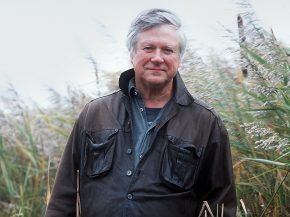
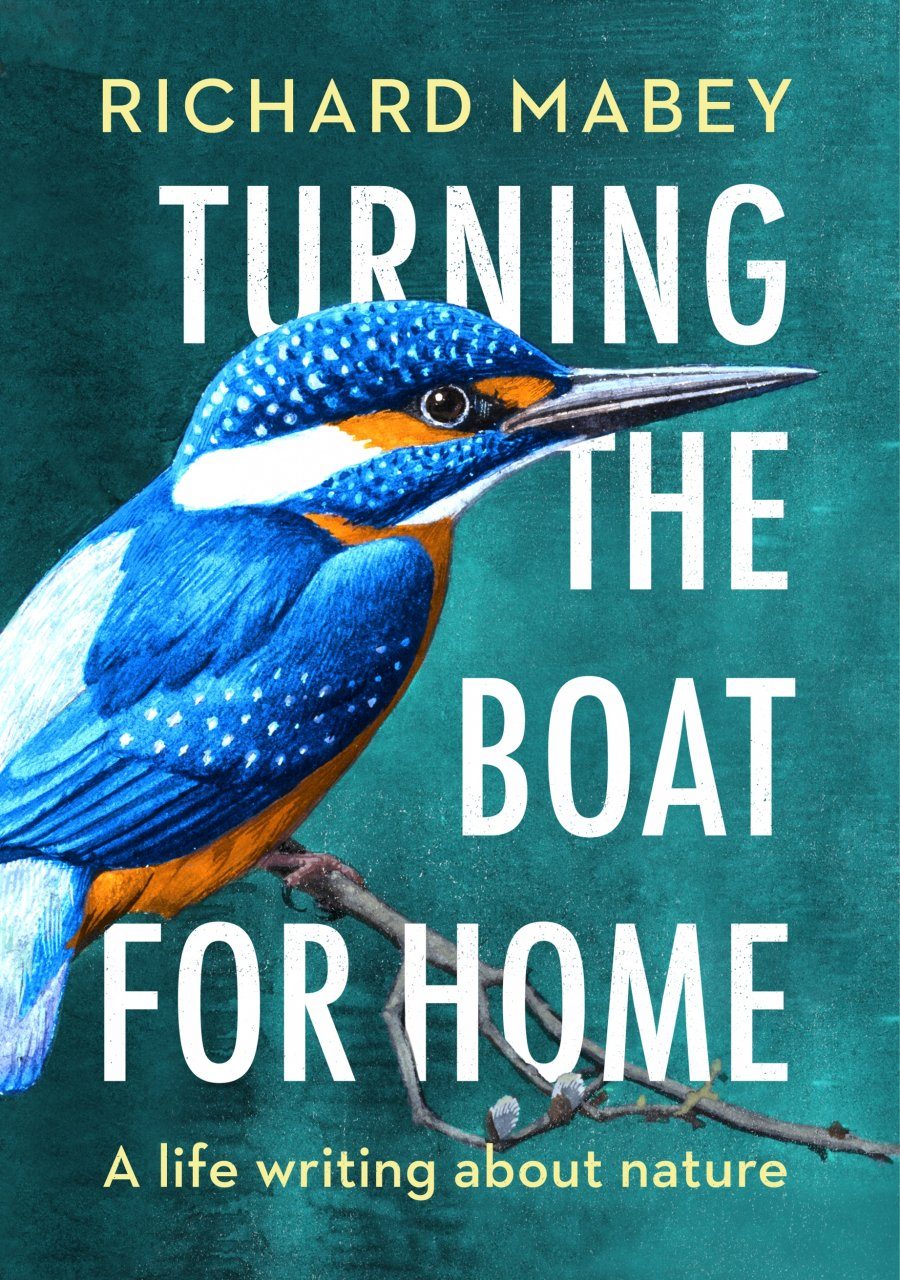
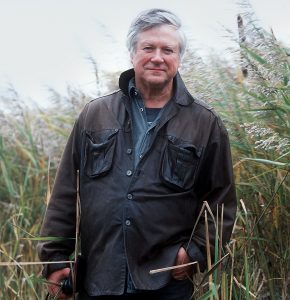
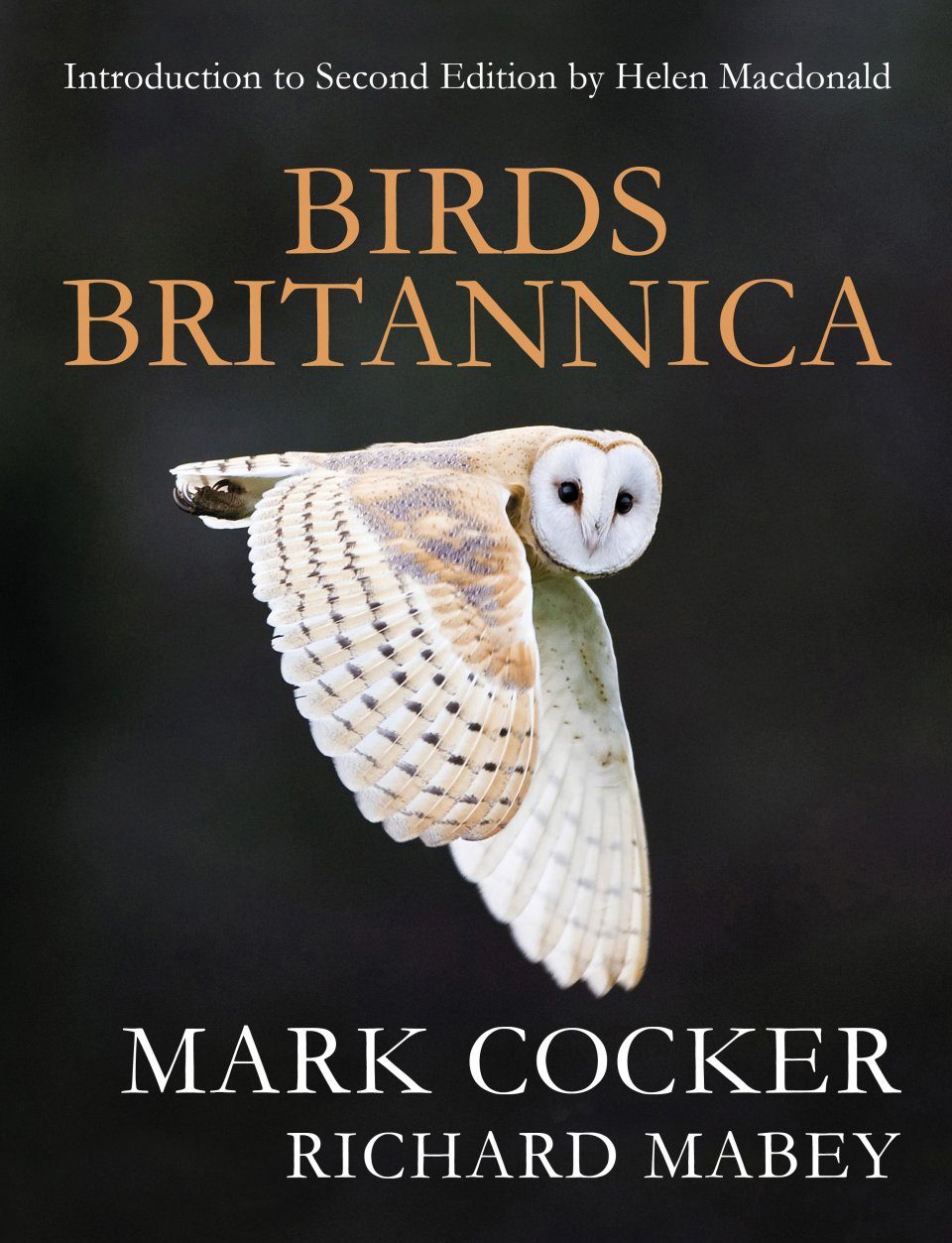
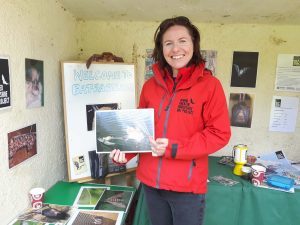
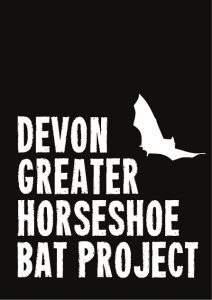 Recently we spoke to Helen Parr from the Devon Greater Horseshoe Bat Project about the wonderful work that is done in our local area for this rare species. Helen Parr also details the importance of conserving the Greater Horseshoe Bat, how we all can help ensure its survival and shares her hopes for the future.
Recently we spoke to Helen Parr from the Devon Greater Horseshoe Bat Project about the wonderful work that is done in our local area for this rare species. Helen Parr also details the importance of conserving the Greater Horseshoe Bat, how we all can help ensure its survival and shares her hopes for the future.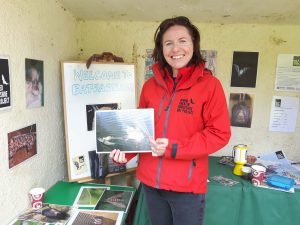
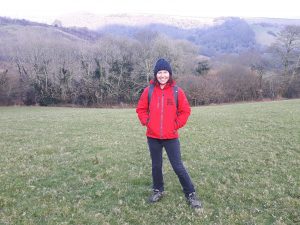
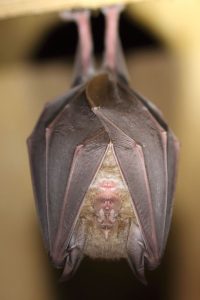

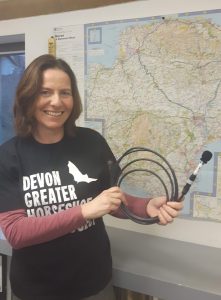

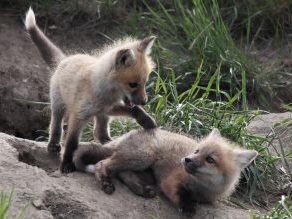
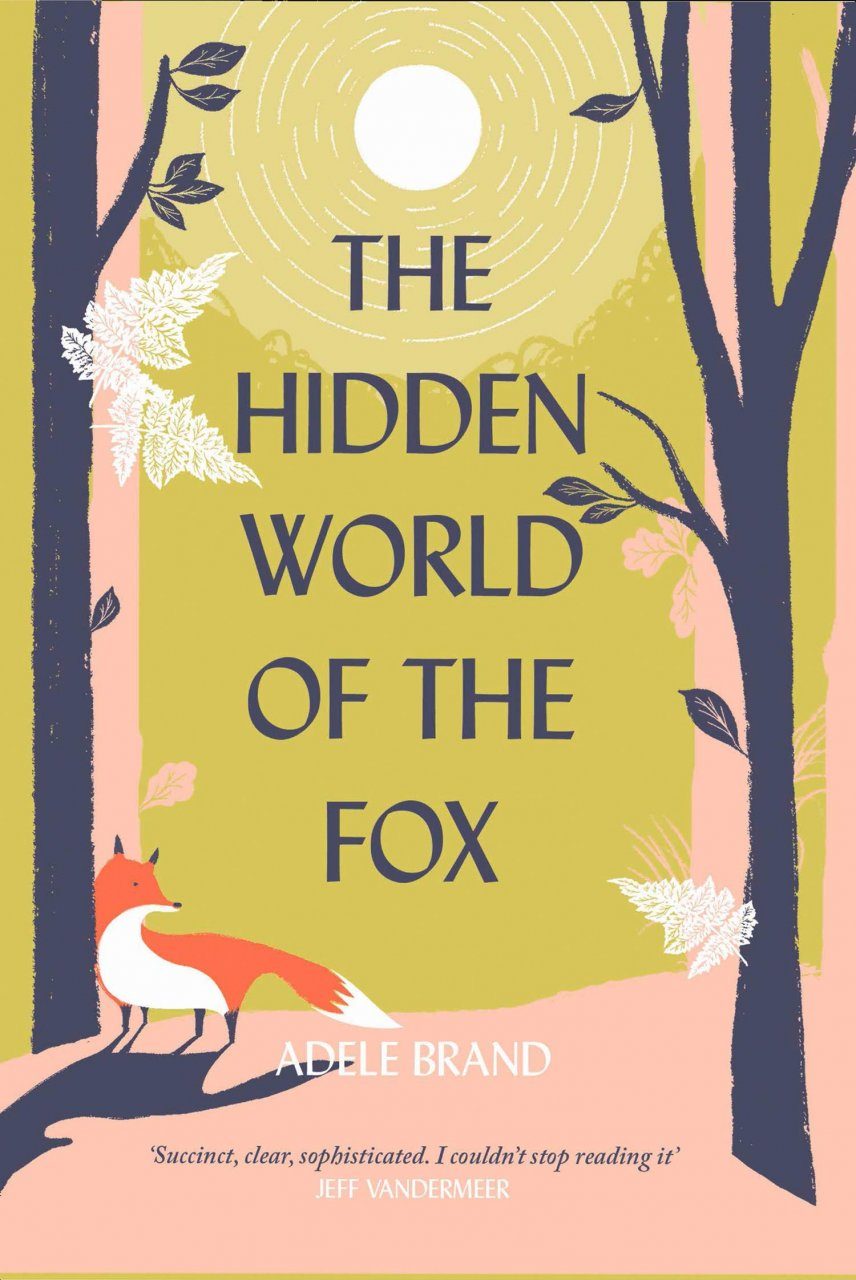
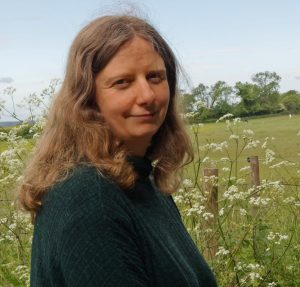
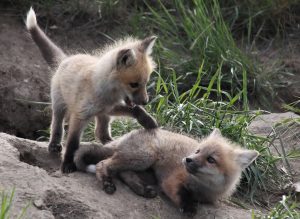
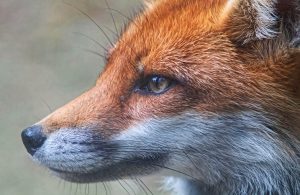
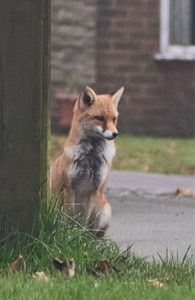
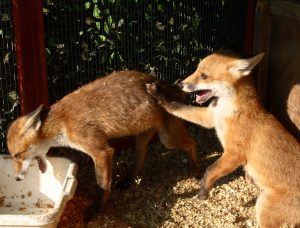
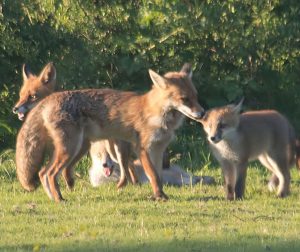
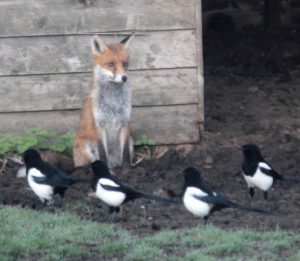
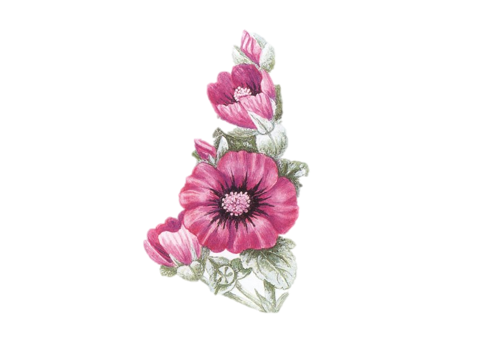
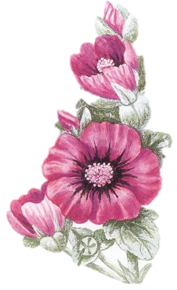 Marjorie Blamey 1918 – 2019
Marjorie Blamey 1918 – 2019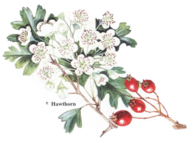 Marjorie Blamey, who died in September, aged 101, will be well-known to many as the artist of distinguished botanical field guides. Her paintings of wild flowers, trees and ferns are not only scientifically accurate but a joy to see in their fresh colours and lifelike arrangements. Her main aim, she once said, was to make plants look alive, and she achieved it by painting freshly gathered specimens, not, as many botanical artists did, by trying to breathe life into pressed ones.
Marjorie Blamey, who died in September, aged 101, will be well-known to many as the artist of distinguished botanical field guides. Her paintings of wild flowers, trees and ferns are not only scientifically accurate but a joy to see in their fresh colours and lifelike arrangements. Her main aim, she once said, was to make plants look alive, and she achieved it by painting freshly gathered specimens, not, as many botanical artists did, by trying to breathe life into pressed ones. Locating and painting around 2,000 different species for each field guide was quite a task. Marjorie and her husband Philip used to tour Europe in a motorised caravan, getting up at dawn to begin painting specimens gathered the previous afternoon, kept fresh in boxes lined with damp paper (at home she used the fridge or even the bath). In her prime she could get through a dozen watercolour paintings by lunch. Few botanical artists have worked so fast, and yet maintained such consistent quality.
Locating and painting around 2,000 different species for each field guide was quite a task. Marjorie and her husband Philip used to tour Europe in a motorised caravan, getting up at dawn to begin painting specimens gathered the previous afternoon, kept fresh in boxes lined with damp paper (at home she used the fridge or even the bath). In her prime she could get through a dozen watercolour paintings by lunch. Few botanical artists have worked so fast, and yet maintained such consistent quality.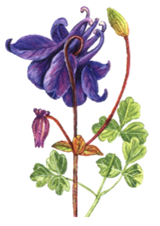 Her big break was the Collins Guide to Wild Flowers of Britain and Northern Europe (1974) – known as ‘Fitter and Blamey’ – which was translated into many European languages and sold a million copies. It was followed by field guides to alpine flowers and Mediterranean flowers, vital identification guides to green tours ever since, and the large-format Illustrated Flora of Britain and Northern Europe (1989) which she wrote with her friend and mentor Christopher Grey-Wilson, and considered her best work. Her last field guide was the ambitious Wild Flowers of Britain and Ireland (2003) – or ‘Fitter, Fitter and Blamey’ – whose 4,000-odd colour illustrations she completed at the age of 85 (adding yet more paintings to the revised edition ten years later).
Her big break was the Collins Guide to Wild Flowers of Britain and Northern Europe (1974) – known as ‘Fitter and Blamey’ – which was translated into many European languages and sold a million copies. It was followed by field guides to alpine flowers and Mediterranean flowers, vital identification guides to green tours ever since, and the large-format Illustrated Flora of Britain and Northern Europe (1989) which she wrote with her friend and mentor Christopher Grey-Wilson, and considered her best work. Her last field guide was the ambitious Wild Flowers of Britain and Ireland (2003) – or ‘Fitter, Fitter and Blamey’ – whose 4,000-odd colour illustrations she completed at the age of 85 (adding yet more paintings to the revised edition ten years later).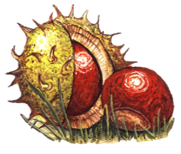 Despite her extraordinary output, Marjorie came to botanical painting surprisingly late. Although she had shown obvious talent in her youth – where she also became an accomplished actress, photographer and, after the outbreak of the Second World War, nurse and ambulance driver – she had largely given up painting to run a dairy farm in Cornwall with her husband, by whom she had four children. She was in her 40s when she began to paint local wild flowers. A friend persuaded her to exhibit, and one thing led to another: a book of magnolias, followed by the first of her field guides.
Despite her extraordinary output, Marjorie came to botanical painting surprisingly late. Although she had shown obvious talent in her youth – where she also became an accomplished actress, photographer and, after the outbreak of the Second World War, nurse and ambulance driver – she had largely given up painting to run a dairy farm in Cornwall with her husband, by whom she had four children. She was in her 40s when she began to paint local wild flowers. A friend persuaded her to exhibit, and one thing led to another: a book of magnolias, followed by the first of her field guides. Marjorie Blamey was modest about her talent. She seems to have loved the life of botanical travel, working all hours to complete her assignments. When you consider that the latest Collins Flower Guide took four artists a number of years to complete, and it took Keble Martin a whole lifetime to finish The Concise British Flora, her total of around 12,000 flower paintings for five major field guides, plus other work, begun in her 50s and ending in her 90s, is a record that will, I suspect, never be exceeded.
Marjorie Blamey was modest about her talent. She seems to have loved the life of botanical travel, working all hours to complete her assignments. When you consider that the latest Collins Flower Guide took four artists a number of years to complete, and it took Keble Martin a whole lifetime to finish The Concise British Flora, her total of around 12,000 flower paintings for five major field guides, plus other work, begun in her 50s and ending in her 90s, is a record that will, I suspect, never be exceeded.